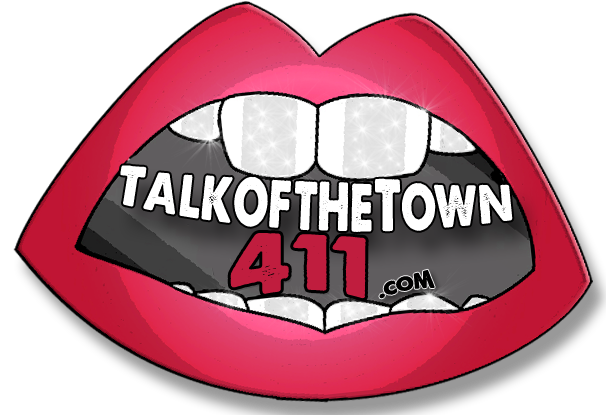
With the Earth having all these tornadoes, earthquakes and tsunami's going on we figured we would prepare our readers with some easy to do survival preparation tips.
After a major disaster the usual services we take for granted, such as running water, refrigeration, and telephones, may be unavailable. Experts recommend that you should be prepared to be self-sufficient for at least three days. Store your household disaster kit in an easily accessible location. Put contents in a large, watertight container (e.g. a large plastic garbage can with a lid and wheels) that you can move easily.
Your basic emergency kit should include:
- Water – one gallon per person per day
- Food – ready to eat or requiring minimal water
- Manual can opener and other cooking supplies
- Plates, utensils and other feeding supplies
- First Aid kit & instructions
- Zip plastic waterproof bags for documents & phone numbers
- Warm clothes and rain gear for each family member.
- Heavy work gloves
- Unscented liquid household bleach and an eyedropper for water purification
- Personal hygiene items including toilet paper, feminine supplies, hand sanitizer and soap
- Plastic sheeting, duct tape and utility knife for covering broken windows
- Tools such as a crowbar, hammer & nails, staple gun, adjustable wrench and bungee cords.
- Blanket or sleeping bag
- Large heavy duty plastic bags and a plastic bucket for waste and sanitation
- Any special-needs items for children, seniors or people with disabilities. Don’t forget water and supplies for your pets.
A main component of your disaster kit is your Go-bag. Put the following items together in a backpack or another easy to carry container in case you must evacuate quickly. Prepare one Go-bag for each family member and make sure each has an I.D. tag. You may not be at home when an emergency strikes so keep some additional supplies in your car and at work, considering what you would need for your immediate safety.
- Flashlight
- Radio – battery operated
- Batteries
- Whistle
- Dust mask
- Pocket knife
- Emergency cash in small denominations and quarters for phone calls
- Sturdy shoes, a change of clothes, and a warm hat
- Some water and food
- Local map
- Permanent marker, paper and tape
- Photos of family members and pets for re-identification purposes
- List of emergency point-of -contact phone numbers
- List of allergies to any drug (especially antibiotics) or food
- Copy of health insurance and identification cards
- Extra prescription eye glasses, hearing aid or other vital personal items
- Prescription medications and first aid supplies
- Toothbrush and toothpaste
- Extra keys to your house and vehicle
- Any special-needs items for children, seniors or people with disabilities. Don’t forget to make a Go-bag for your pets.
RELATED LINKS:








0 Comments